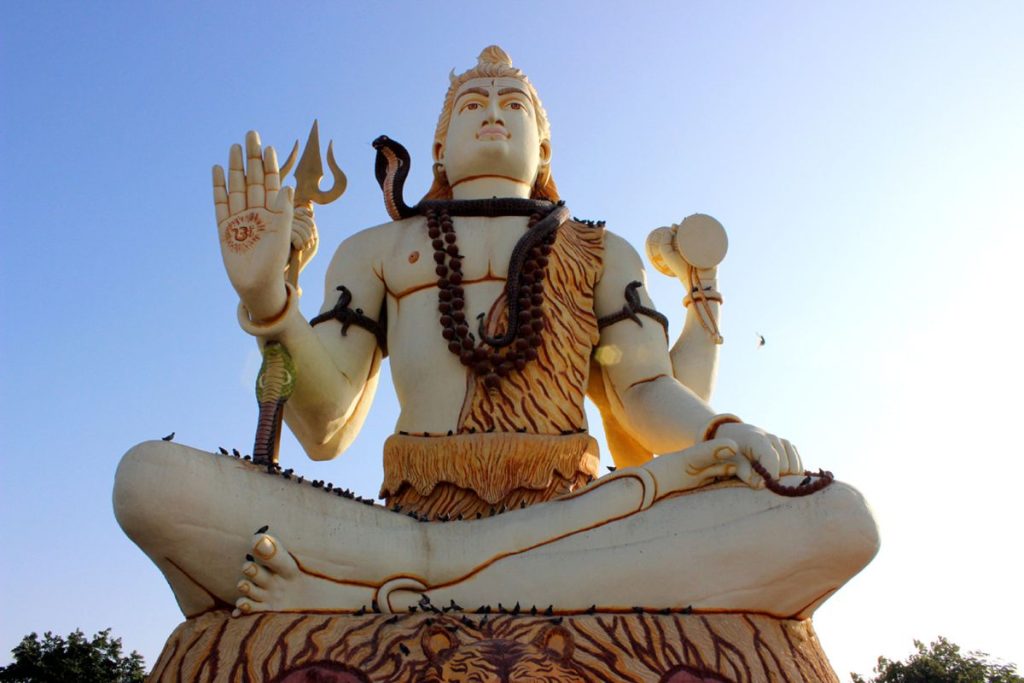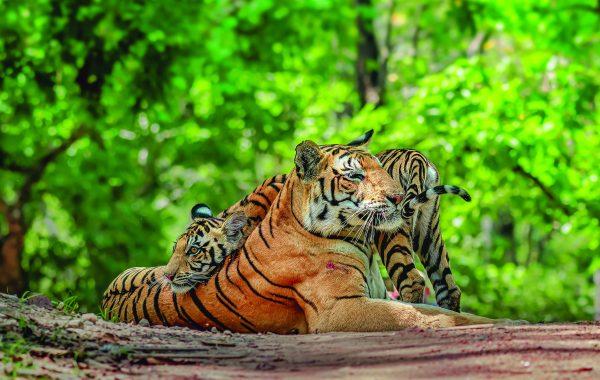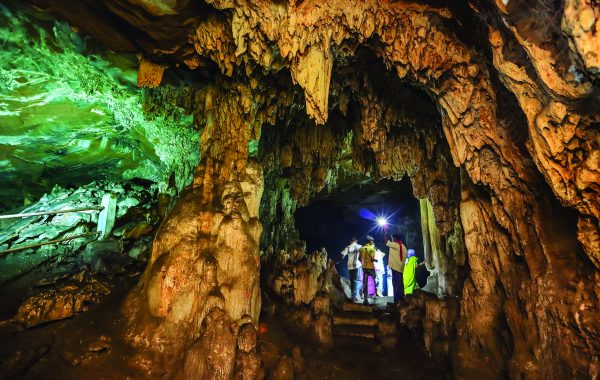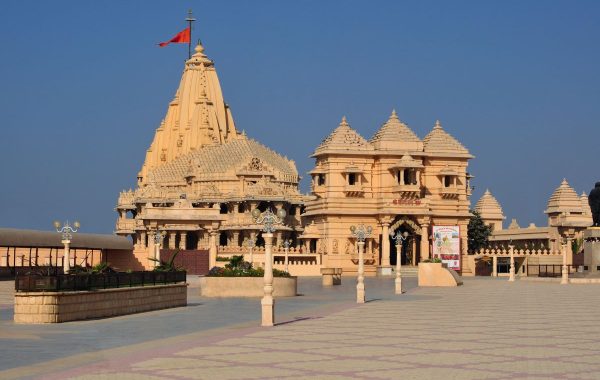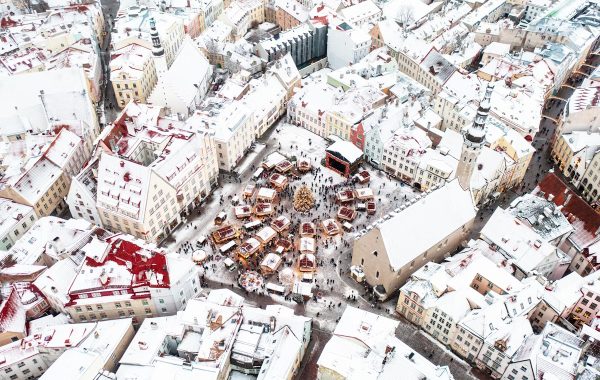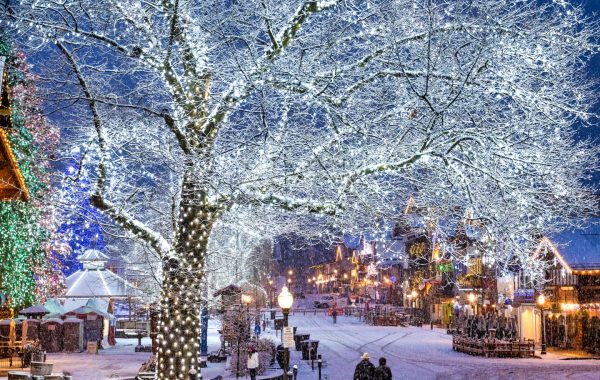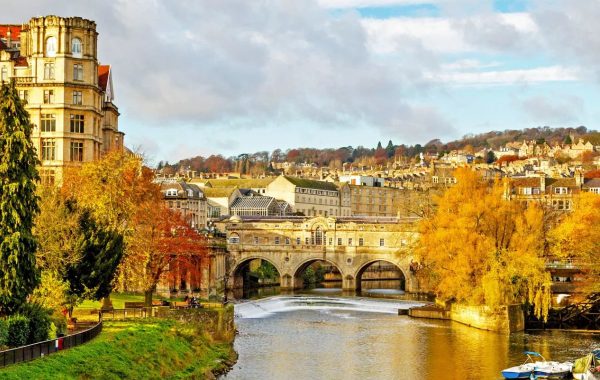Discover the spiritual heart of Gujarat with a journey to Dwarka, home to four must-visit temples that offer a blend of history, devotion, and architectural splendor.
Dwarka, a city steeped in history and spirituality, is a sacred destination that holds immense significance in Hindu mythology and religious traditions. Situated along the western coast of Gujarat, India, Dwarka is believed to be one of the seven holiest cities (Sapta Puri) in Hinduism. The city is primarily known as the legendary kingdom of Lord Krishna and is adorned with various religious spots that attract pilgrims and tourists alike.
Dwarkadhish Temple
At the epicenter of Dwarka’s religious fervor stands the Dwarkadhish Temple, dedicated to Lord Krishna, who is revered as the supreme deity by millions of Hindus. This ancient temple, also known as Jagat Mandir, is believed to have been constructed over 2,500 years ago by the grandson of Lord Krishna, Vajranabha. The temple’s intricate architecture and ornate carvings tell tales of devotion and divine love. Perched atop a modest hill, the temple can be reached via a staircase comprising more than 50 steps. Its robustly sculpted walls envelop the sanctum, housing the primary idol of Lord Krishna. Scattered around the complex are additional smaller shrines, each contributing to the overall spiritual ambiance. The walls are adorned with intricate carvings depicting mythical characters and legendary tales. Rising majestically to a height of 43 meters, the spire captivates the beholder, crowned with a flag crafted from 52 yards of cloth that gracefully flutters in the gentle breeze from the Arabian Sea, situated just beyond the temple. Two distinct doors, named “swarg” and “moksh,” serve as entrances and exits, symbolizing the sacred journey associated with the temple.
Rukmini Mata Temple
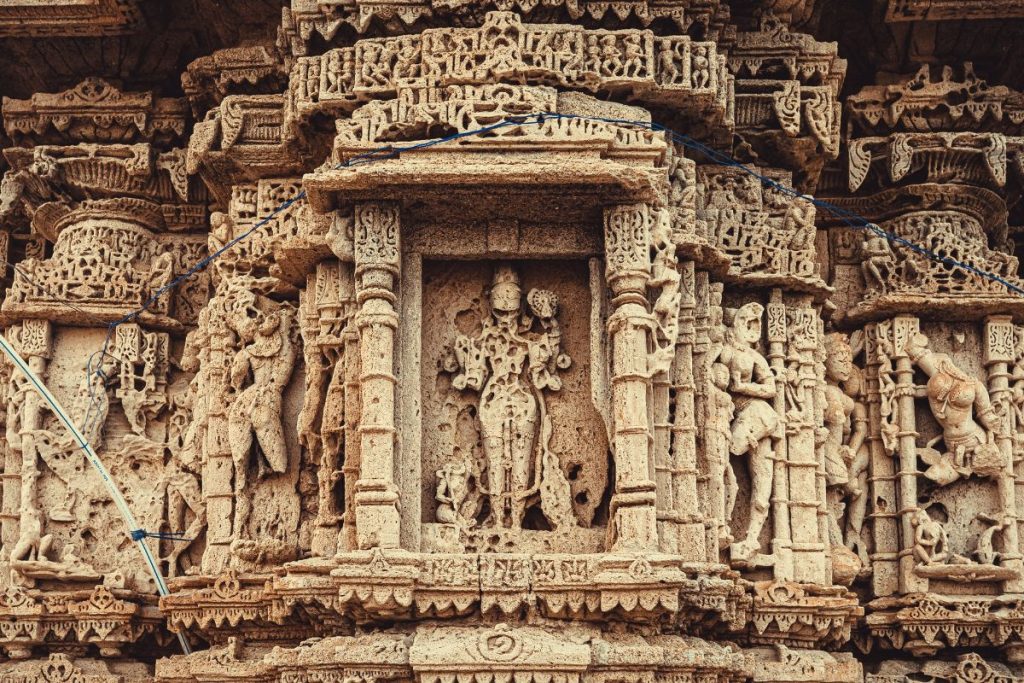
Situated at the outskirts, the Rukmini Mata Temple serves as a commemoration to Lord Krishna’s queen. Although the temple is believed to have origins dating back more than 2500 years, it has likely undergone reconstruction over time. The present structure is attributed to the 12th century, presenting a more modest facade compared to the grandeur of Dwarkadhish. Despite its simplicity, the Rukmini Mata Temple evokes the same fervent devotion from its devotees. The exterior of the temple is adorned with intricate carvings depicting various gods and goddesses. Within the sanctum, the main idol of Rukmini resides, inviting worshippers into a space of deep reverence. Noteworthy carvings of naratharas (human figures) and gajatharas (elephants) grace the panels at the base of the platform, adding to the artistic allure of the temple. Delving into its history, an intriguing legend surrounds the unique addresses associated with the temples of Lord Krishna and his queen, Rukmini. The tale unfolds with sage Durvasa requesting both Krishna and Rukmini to pull a chariot to transport him to their abode for a meal. Along the journey, when Rukmini sought water to quench her thirst, Lord Krishna, with a gentle prod of his toe, brought forth the sacred River Ganges. While Rukmini satisfied her thirst, she inadvertently overlooked offering water to the sage. Feeling insulted, Durvasa cursed her to live separately from her husband, resulting in the establishment of distinct temples for Lord Krishna and Rukmini.
Also Read: Spiritual Tourism | 6 Religious Places To Visit in and Around Ahmedabad
Nageshwar Jyotirlinga
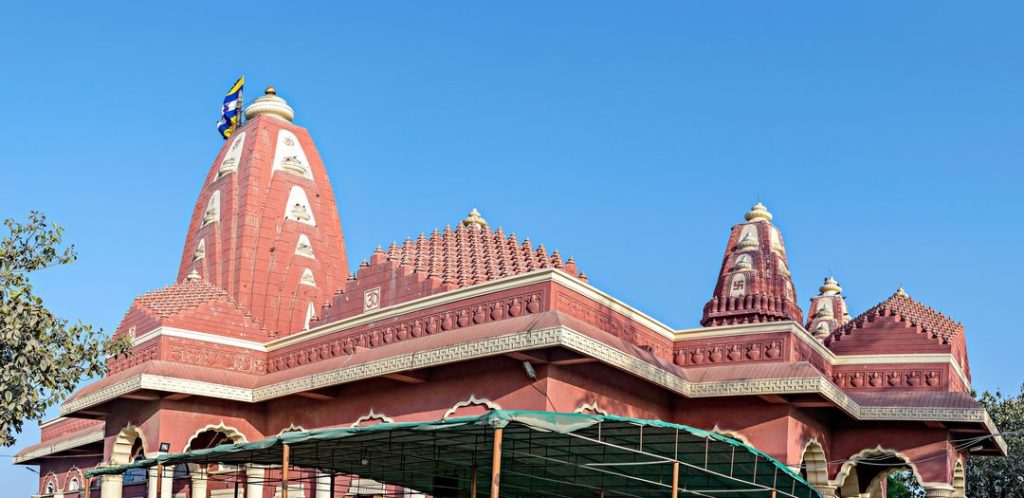
Dwarka is not only associated with Lord Krishna but also with Lord Shiva, and Nageshwar Jyotirlinga stands as a testament to this dual divine presence. The Nageshwar Jyotirlinga, one of the twelve sacred Jyotirlingas in Hinduism, is believed to be self-manifested and holds immense significance for Shiva devotees. The red establishment is positioned just a short distance away from the town. At the terminus of a spacious hall lies the principal sanctum housing the revered shivalinga. Adjacent to the temple, another significant spiritual site beckons—Gopi Talav Tirth, a serene lake entwined with the legends of gopis who frequented the area to visit Lord Krishna, ultimately surrendering their lives to become one with the sacred soil. According to ancient lore, it was at this very site that a demon named Daaruka incarcerated a devoted follower of Shiva named Supriya. Supriya’s resonant chants of ‘Om Namaha Shivay’ invoked the presence of Lord Shiva, who swiftly arrived and triumphed over the malevolent demon. As a testament to this divine intervention, a self-manifested Shivalinga materialized at the location, becoming an object of worship and devotion to this day.
Beyt Dwarka
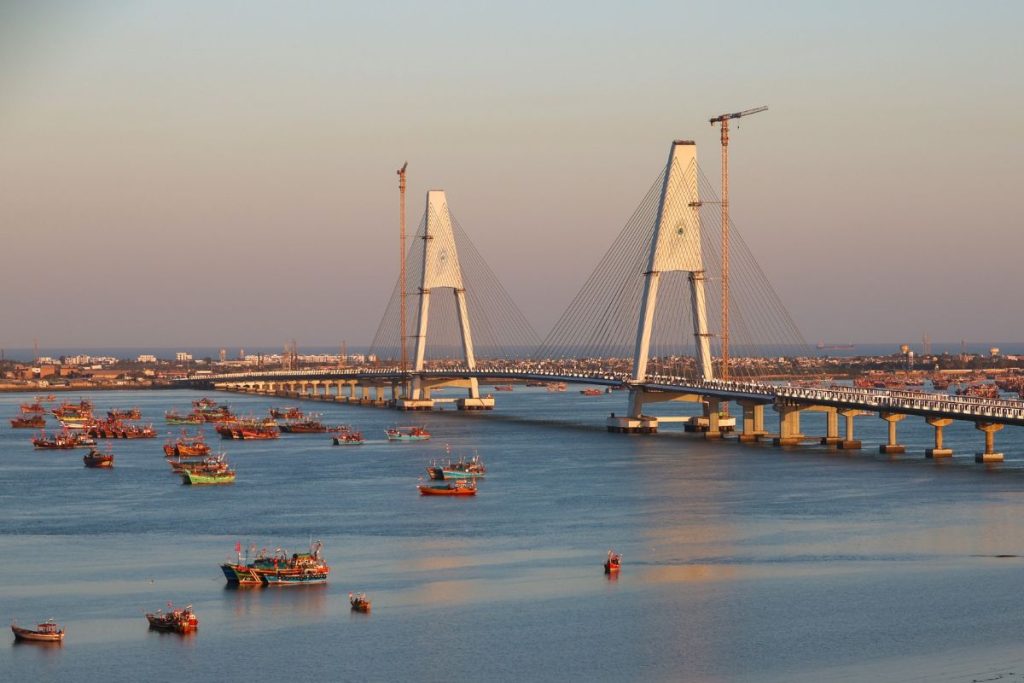
Situated on a small island off the coast of Dwarka and accessible via Okha, the Beyt/Bet Dwarka temple shares its name with the island and is believed to have been the abode of Lord Krishna upon his arrival here. The credit for establishing this temple goes to Guru Vallabhacharya. Besides the primary temple dedicated to Lord Krishna, the complex houses additional shrines honoring deities such as Hanuman, Vishnu, Shiva, Lakshmi Narayan, Jambavati, Devi, and others. The name “Bet” translates to “gift,” and it is believed that Lord Krishna received this island as a gift from his friend Sudama. In the ancient epic, Mahabharata, Bet Dwarka is referred to as ‘Antardvipa,’ a destination that members of the Yadava clan needed to reach by boat. Subaquatic explorations and excavations have unveiled settlements dating back to the Harappan civilization and the Mauryan era.Top of Form
Dwarka, with its rich tapestry of religious spots, invites pilgrims and seekers from across the globe to experience the divine aura that permeates the city. From the iconic Dwarkadhish Temple to the serene Gomti Ghat, each religious spot in Dwarka weaves a narrative of spirituality, history, and cultural significance. As visitors embark on a spiritual journey in Dwarka, they not only connect with the divine but also become a part of the enduring legacy of faith that defines Dwarka as a sacred haven in the heart of India.
For latest travel news and updates, food and drink journeys, restaurant features, and more, like us on Facebook or follow us on Instagram. Read more on Travel and Food Network
Trending on TFN
A Spanish Odyssey: Trafalgar’s Unparalleled Best of Spain Itinerary
Imperial Splendors: Trafalgar’s 10-Day Sojourn in Prague, Vienna, and Budapest


